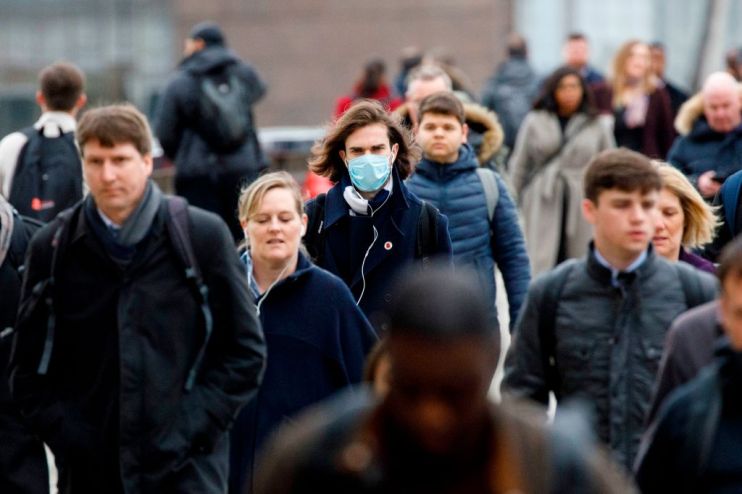Far from over: Omicron infections across UK rising as Covid pandemic makes quiet comeback

New figures show this afternoon that Covid-19 infections in the UK are no longer falling, with some parts of the country showing early signs of a possible increase.
The rise is likely to have been caused by a jump in infections compatible with the original Omicron variant BA.1, along with the newer variants BA.4 and BA.5.
It comes as separate figures suggest the recent drop in the number of people in hospital with Covid-19 may also have come to a halt.
A total of 989,800 people in private households in the UK are estimated to have had the virus in the week ending June 2, up from 953,900 the previous week, according to the Office for National Statistics (ONS).
First rise since March
It is the first time total infections have risen week-on-week since the end of March, when the number hit a record 4.9 million at the peak of the Omicron BA.2 wave.
All four nations have seen a slight rise in the prevalence of the virus, though the ONS describes the trend in Scotland and Wales as “uncertain”.
In England, 797,500 people were likely to test positive for Covid-19 last week – the equivalent of around one in 70.
This is up week-on-week from 784,100, which was also around one in 70.
Northern Ireland has seen infections rise for the second week in a row to stand at 27,700 people, or one in 65, up from 24,300 people, or one in 75.
In Scotland, 124,100 people were likely to have had the virus last week, or one in 40, up from 105,900, or one in 50.
Wales has seen Covid-19 infections increase very slightly to an estimated 40,500 people, or one in 75, up from 39,600, also one in 75.
“Across all four UK countries, the percentage of people testing positive for Covid-19 compatible with Omicron variants BA.1, BA.4 and BA.5 increased in the week ending June 2 2022,” the ONS said.
Omicron variant
Omicron BA.1 is the original variant of Omicron that caused a surge in infections across the UK in December and early January.
BA.4 and BA.5 are newer variants that were recently classified by the UK Health Security Agency as “variants of concern”, after analysis found both were likely to have a “growth advantage” over BA.2, which is still the dominant strain in the country.
Initial findings suggest BA.4 and BA.5 have a degree of “immune escape” – meaning the immune system can no longer recognise or fight a virus – which is likely to contribute to their growth advantage over BA.2, the UKHSA said.
The latest estimates for Covid-19 infections come as separate figures show the recent fall in the number of people in hospital with the virus may have come to a stop.
Some 4,082 patients in England had Covid-19 on June 9, up 6 per cent on the previous week, while in Scotland 637 patients were recorded on June 5 – the latest date available – up 8 per cent week-on-week.
Patient numbers in both nations had previously been on a steady downwards trend since early April, following the peak of the Omicron BA.2 wave.
In Wales and Northern Ireland, the figures for people in hospital with the virus have levelled off in recent days.